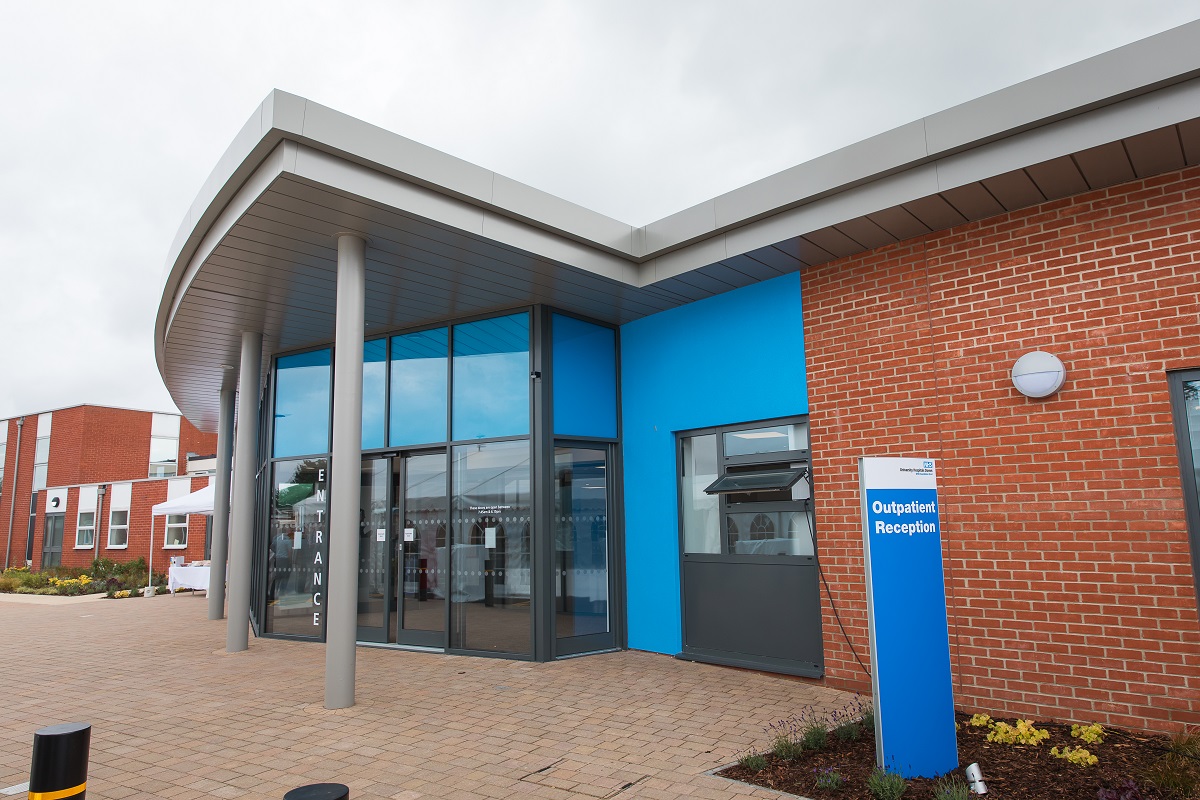Investigations
Investigations for diagnosis, to rule out cancer or to identify how extensive any cancer progress is ('staging'), can include:
X-ray
X-rays are similar to visible light, but they have a shorter wavelength and so can pass easily through soft tissues, but not so easily through bones. A beam of x-rays is sent through the area that we want to see an image of, to a receptor or 'film' on the other side. Where the x-rays are absorbed by a bone or other hard structure, the receptor image is left white, and where the x-rays pass through easily, the image goes dark. The end result is a back-and-white image picture of the area that has been x-rayed.
Barium swallow
A barium swallow involves swallowing a drink which contains barium, which coats the oesophagus, stomach and small intestine and shows up on x-ray. X-rays are then taken which show these areas.
CT/PET scan (Computerised Tomography/Positron Emission Tomography)
These scans use specialised x-ray equipment in the form of a doughnut-shaped scanner, to take multiple images of your body to build up a 3-D picture of your organs and surrounding structures. They can also identify the way in which organs are working through things such as blood flow, oxygen and glucose use etc. You may be asked to swallow a solution (radiotracer or contrast medium), or this may be injected. Contrast mediums help to create a clearer picture of structures, whereas radiotracers collect more in cancer cells because these use more energy than healthy cells. The machine then takes many images and records many measurements, which together are used to create a comprehensive view of the area being investigated. The radiation you are exposed to is a very low amount, and the radiation risk is very low, compared to the potential benefits. However, if you may be pregnant or are breastfeeding, you must inform us before the test is performed. Please also tell us if you are diabetic.
MRI (Magnetic Resonance Imaging)
This is the test where you lie on a flat bed which moves in and out of a large tunnel. It uses a magnetic field and pulses of radio-wave energy, to create a detailed 3D image of internal body structures. It provides different information from a CT or PET scan, x-rays, ultrasound or endoscopy.
Ultrasound scan
A small device called an ultrasound probe is used, which gives off high-frequency sound waves which can't be heard by the human ear. The probe is passed over the part of the body of interest and the sound waves reflect back from the different structures inside which are then turned into an image which is seen on a screen.
Endoscopy – gastroscopy
Endoscopy is a general term for when the inside of a part of the gastrointestinal system is viewed by use of a tiny camera on the end of a long, flexible tube ('scope'). A gastroscopy is where the oesophagus (gullet), stomach and duodenum (first part of the small bowel) are viewed by passing an endoscope through the mouth and down the oesophagus.
Endoscopic ultrasound
This is where an ultrasound probe is passed down the inside of an endoscope during a gastroscopy or ERCP (see below) to create ultrasound pictures of the surrounding structures in the body. Because the ultrasound probe is inside the body, this creates clearer pictures in comparison to normal ultrasound scans.
ERCP (Endoscopic Retrograde Cholangiopancreatography)
This is an extended endoscopy under x-ray, where contrast medium is used to display a clear view of the bile duct and associated structures under x-ray. ERCPs can be diagnostic (to help with diagnosis) or therapeutic (to assist in treatment). The name is a description of what is being done:
Endoscopic: with an endoscope
Retrograde: this describes the angle the endoscopist needs to take
Cholangio: bile duct and associated structures
Pancreato: pancreas
Graphy: image creation
i.e. this is the creation of an image of the bile duct, pancreas and other nearby structures, by use of an endoscope.
PTC (Percutaneous Transhepatic Cholangiography)
This is where contrast medium is injected into the bile duct to be seen under x-ray, without the use of an endoscope. Percutaneous means 'through the skin' which is the way in which the injection is given. This allows us to look at the biliary tract when ERCP is not suitable or has been unsuccessful. Like with ERCP, therapeutic interventions can be done under PTC.









